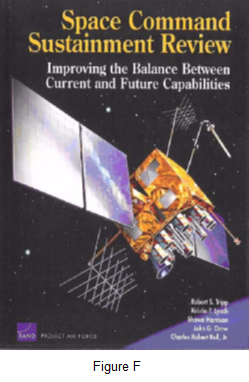





 |
|||||||||
 |
|||||||||
 |
|||||||||
 |
|||||||||
 |
|||||||||
 |
|||||||||
|
|
|||||||||
MAINTENANCE MANAGEMENT SERVICES
CHI has developed and currently applies state-of-the-art technologies and equipment that yield greater efficiency in our maintenance performance to maximize equipment and system reliability, focusing on critical support equipment.
Air Force Space Command's (AFSPC) Director of operations sponsored research performed by the RAND Corporation to perform a strategies-to-task framework to the AFSPC maintenance and sustainment activities. A corporate division called RAND Project Air Force (PAF) was established to provide independent analysis of policy alternatives affecting the development, employment, combat readiness, and support of current and future aerospace forces.
The purpose of the study was, from a command perspective, to identify shortfalls and suggest, describe, and evaluate options for implementing improvements in current practices.; The article reads as follows:
“APPENDIX F
Reliability-Centered Maintenance Prioritization Process
This appendix presents an example of a range system contractor’s RCM prioritization process. Call Henry, Inc., prime contractor for the Western Range Launch Operations Support Contract (see Appendix D) leads the fleet in application of RCM to equipment and facility maintenance.
Call Henry identifies and prioritizes its maintenance workload using RCM technologies. The following example considers the decision on when to repair and/or replace the protective coatings on range facilities. Figure F.1 shows the typical costs of replacing the mechanical coating (e.g., paint) on a facility across the spectrum of ware and failure modes.

This approach is then applied to specific facilities in the Western Range complex, using the five condition criteria in Figure F.2, providing and assessment of risk (likelihood of failure versus consequences and/or mission impact) and a weighted score used in performing requirements against limited repair or replacement funding resources.

For each facility Call Henry surveys and records condition factors, then assigns a composite rating based on severity from “acceptable” or “optimum” to “past due” or “critical.” Figure F.3 is an actual summary for facilities at a launch complex.

Call Henry and the government jointly review and re-prioritize the maintenance workload (as necessary) to achieve the best use of limited funding in executing the wing’s mission. In this way, RCM techniques provide a method of repairing and/or replacing facility coatings at the proper time and in the proper priority sequence.”